For many women, lower back pain is an all-too-familiar problem. Whether it’s a dull ache that comes and goes, or a sharp pain that makes it difficult to move, this type of discomfort can be both frustrating and incapacitating.
While there are many possible causes of lower back pain in women, some of the most common include:
- Muscular imbalances
- Hormonal changes
- Poor posture
- Weak core muscles
Contents
Pregnancy
Lower back pain is a common complaint among women, and pregnancy is often the cause. Hormonal changes during pregnancy can loosen the ligaments that support the spine, and the growing uterus can add to the problem by putting pressure on the back muscles. The good news is that there are things you can do to relieve lower back pain during pregnancy.

The first step is to try to avoid activities that put a strain on your back. If you must stand for long periods of time, make sure to keep one foot on a support such as a low stool. When lifting objects, bend at your knees instead of at your waist, and avoid twisting your body.
You can also help relieve lower back pain during pregnancy by doing exercises that strengthen the muscles in your back and improve your posture. One exercise that is especially beneficial is called “pelvic tilts.” To do this exercise, stand with your feet hip-width apart and place one hand on your lower back. Keep your abdominal muscles pulled in and slowly tilt your pelvis forward and backward, holding each position for five seconds. You should do this exercise several times a day.
In addition to exercises, you may also find relief from lower back pain during pregnancy by using a heating pad or taking a hot bath. Be sure to talk to your doctor before using any type of heat treatment.
Posture
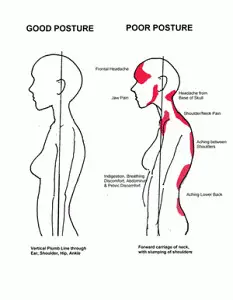 One common cause of lower back pain in females is poor posture. Poor posture puts unnecessary strain on the spine, which can lead to pain and discomfort. Poor posture is often caused by wearing high heels, carrying heavy purses, or slouching when sitting or standing.
One common cause of lower back pain in females is poor posture. Poor posture puts unnecessary strain on the spine, which can lead to pain and discomfort. Poor posture is often caused by wearing high heels, carrying heavy purses, or slouching when sitting or standing.
Females are especially susceptible to lower back pain due to their anatomies. The female hormone estrogen causes the ligaments that support the spine to loosen, which can lead to instability and pain. In addition, pregnancy increases the risk of lower back pain as the extra weight puts strain on the spine.
Poor posture is a common cause of lower back pain in females of all ages. If you are experiencing lower back pain, check your posture and make sure you are not putting unnecessary strain on your spine. Simple changes such as wearing comfortable shoes and sitting up straight can make a big difference in your overall comfort.
Osteoarthritis
Osteoarthritis is the most common type of arthritis. It is a joint disease that results from the breakdown of cartilage, the tissue that cushions and protects the joints. It is a common cause of lower back pain in females. The condition often affects the joints in the hips, knees, and lower back. These are common sites for osteoarthritis because they bear much of the body’s weight.
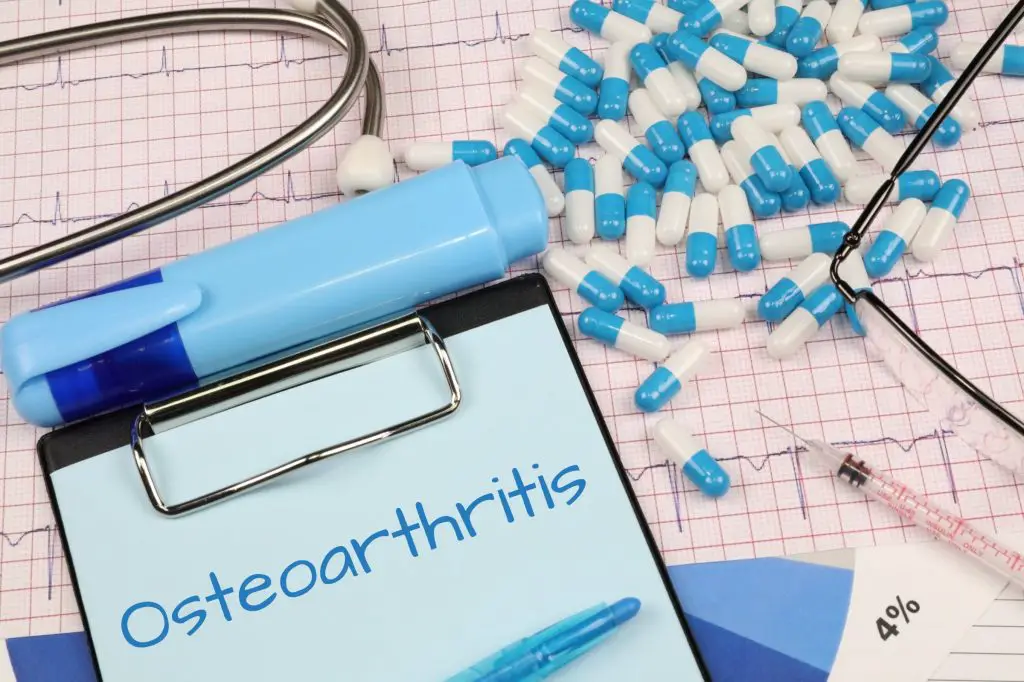
The symptoms of osteoarthritis include pain, stiffness, and swelling in the affected joint. The pain is often worse with movement and can make it difficult to perform everyday tasks such as walking or climbing stairs.
There is no cure for osteoarthritis, but treatments can help relieve symptoms and improve quality of life. Treatment options include exercise, weight loss, pain relief medication, and surgery.
Endometriosis
Endometriosis is a common cause of lower back pain in females. It is a difficult condition to live with, as it can cause pelvic pain, fatigue, and other symptoms. The good news is that there are treatments available that can help to ease the symptoms and improve the quality of life for those with endometriosis. If you are struggling with lower back pain, speak to your doctor about the possibility of endometriosis being the cause.
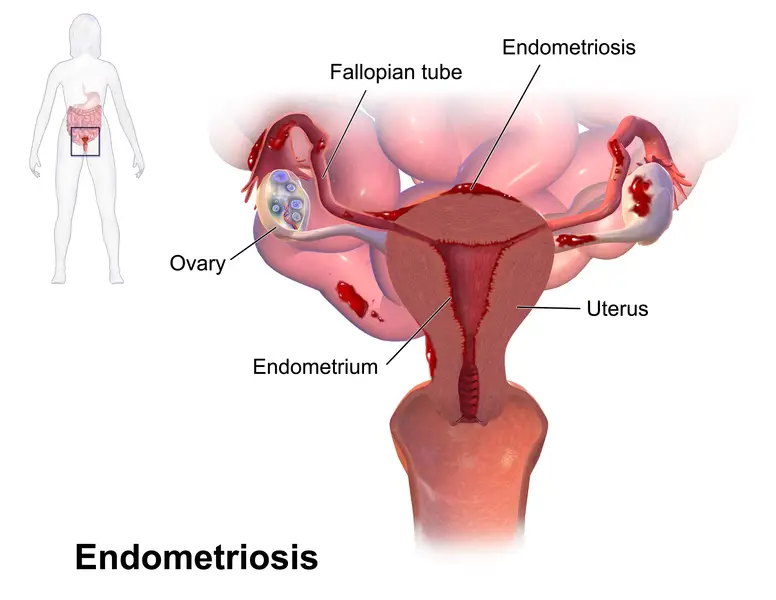
Menstrual Cramps
There are many potential causes of lower back pain in females of childbearing age, but the most common cause is menstrual cramps. Menstrual cramps are a common cause of back pain in women, and they can be extremely painful. If you’re experiencing lower back pain during your period, it’s important to see a medical professional to rule out any other potential causes and to get the appropriate treatment.
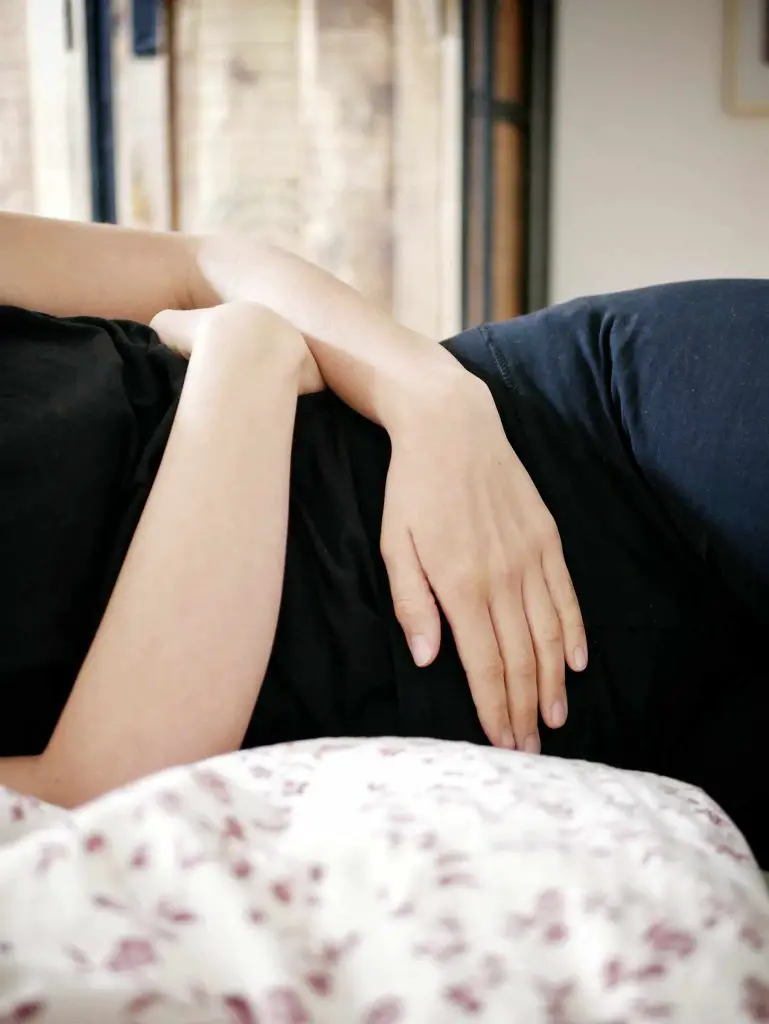
There are many potential causes of lower back pain, so it’s important to see a medical professional to get a diagnosis and determine the best course of treatment. The specific cause of your lower back pain will determine the appropriate treatment.
If you’re experiencing lower back pain due to menstrual cramps, there are several things you can do to ease the pain. Over-the-counter pain relievers can help, and you can also try heating pads or taking warm baths. If your pain is severe, your doctor may recommend prescription medication.
Dysmenorrhea
Dysmenorrhea, or painful periods, is a common problem for women of childbearing age. It’s estimated that up to 80 percent of women experience some degree of pain during their menstrual cycle. For some women, the pain is mild and manageable. But for others, it can be severe enough to interfere with their daily activities.
There are two types of dysmenorrhea — primary and secondary. Primary dysmenorrhea is the most common type and usually starts in adolescence. It’s thought to be caused by changes in the levels of prostaglandins, which are hormone-like substances that play a role in the contraction and relaxation of smooth muscle tissue.
Secondary dysmenorrhea is less common and is caused by an underlying medical condition, such as endometriosis or uterine fibroids.
The symptoms of dysmenorrhea can vary from woman to woman. They may include a cramping pain in the lower abdomen that radiates to the back or thighs, shooting pains in the legs, nausea, vomiting, diarrhea, headaches, dizziness, or lightheadedness. The pain usually starts one to two days before menstruation and may last for several days.
In most cases, dysmenorrhea is mild and can be managed with over-the-counter pain relievers such as ibuprofen or naproxen. But for some women, the pain is very severe and may require prescription medication or even surgery.
There are several things you can do to help relieve the pain of dysmenorrhea:
- Exercise regularly
- Apply heat to your lower abdomen or back
- Avoid caffeine
- Eat a healthy diet
- Get enough rest
If you have very severe pain or it interferes with your daily activities, you should see your doctor for treatment options.
Muscle Strain
The most common cause of lower back pain is muscle strain. This can be caused by heavy lifting, awkward movement, or even sitting in the same position for too long.
Other causes of lower back pain include ligament strain, spinal problems, and pregnancy. In some cases, the pain may be caused by an underlying medical condition. If you are experiencing persistent lower back pain, you should see a doctor for a diagnosis.
Sciatica
Sciatica is a form of radiculopathy caused by compression of the sciatic nerve, the large nerve that travels through the buttocks and extends down the back of the leg. This compression causes shock-like or burning low back pain combined with pain through the buttocks and down one leg, occasionally reaching the foot.
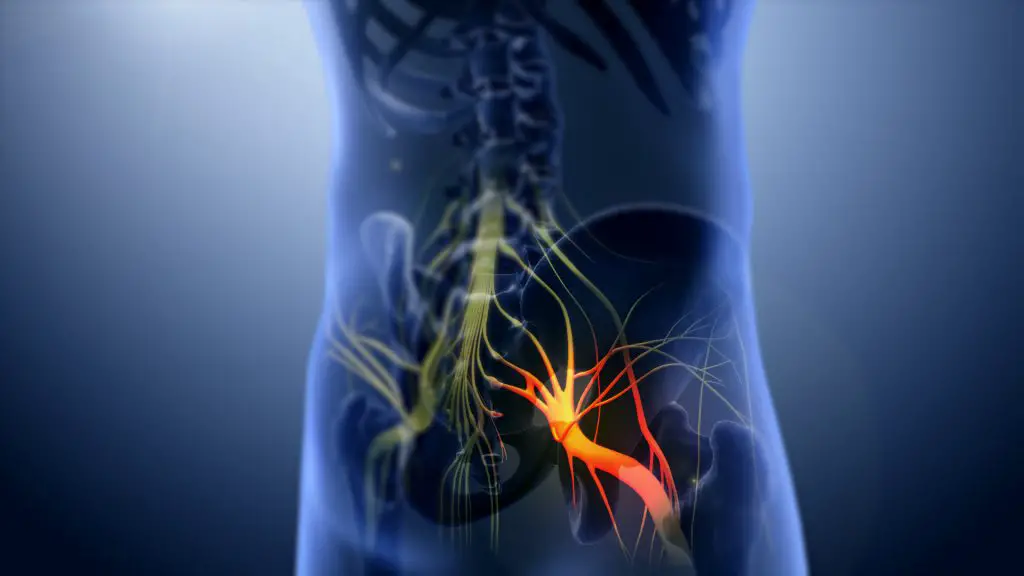
In the most severe cases, when the nerve is pinched between the disc and nearby bone, the symptoms may involve not only pain but numbness and muscle weakness in the leg because of interrupted nerve signaling. The condition may also be caused by a tumor or cyst that presses on the sciatic nerve or its roots.
When to See a Doctor
There are many possible causes of lower back pain in females, and some may be more serious than others. If you’re experiencing lower back pain, it’s important to pay attention to other symptoms you may be experiencing and how severe the pain is. Certain types of lower back pain may require medical attention and treatment.
If you have severe endometriosis, for example, you may experience sharp, stabbing pains in your lower back that worsen during your period. This type of pain is often accompanied by other symptoms like vaginal bleeding, abdominal pain, and fatigue. If you suspect you have endometriosis, it’s important to see a doctor for proper diagnosis and treatment.
Other causes of lower back pain may be less serious and can often be treated at home with measures like rest, ice or heat therapy, over-the-counter pain medication, and gentle stretching. In some cases, home remedies may not be enough to relieve the pain. If your back pain is severe or chronic, your doctor may recommend additional treatment options like cortisone injections or disc decompression surgery.
Frequently Asked Questions
Why does my lower back hurt when I breathe deeply?
One possible reason for this is that you have a herniated disc. This is when the gel-like center of a disc bulges out from between the bones in your spine, and it can put pressure on your nerve roots. This can cause pain that gets worse when you breathe deeply.
What causes leg aches in women?
There are many potential causes of leg pain in women, including muscle strain, arthritis, nerve damage, and blood clots.
What causes neck pain in women?
There is no definitive answer to this question as there are many potential causes of neck pain in women. Some possible causes include muscle strain, poor posture, degenerative disc disease, and cervical spine conditions such as herniated discs or cervical spondylosis. In some cases, neck pain may also be caused by headaches or migraines.
pain, back, symptoms, women, causes, doctor, treatment, condition, cause, spine, health, people, kidney, body, pregnancy, side, infection, cases, muscle, time, discomfort, joints, home, area, care, injury, risk, endometriosis, lumbar, muscles, provider, nerve, surgery, stones, females, therapy, stomach, remedies, problems, pelvis, back pain, common causes, abdominal pain, physical therapy, right side, healthcare provider, kidney infection, kidney stones, vaginal discharge, groin pain, possible causes, severe pain, home remedies, treatment options, joint dysfunction, few days, dr. palmer, menstrual cycle, joint pain, poor posture, medical attention, potential causes, pelvic pain, many people, lumbar spine, left side, ovarian cysts, premenstrual syndrome, endometriosis, herniated disc
Conclusion
In conclusion, there are many different conditions that can cause lower back pain in females. It is important to see a doctor to determine the underlying cause of your pain, as home remedies will not be effective in all cases. However, if you are suffering from muscle strains or other common causes of lower back pain, there are many different home remedies that can provide relief. Be sure to speak with your doctor before trying any new treatment, as some remedies may not be suitable for all patients.

Alan Walker is an author, researcher, and contributing writer at Spine Institute NY. He is a typical introvert, coffee fanatic, and freelancer.”

